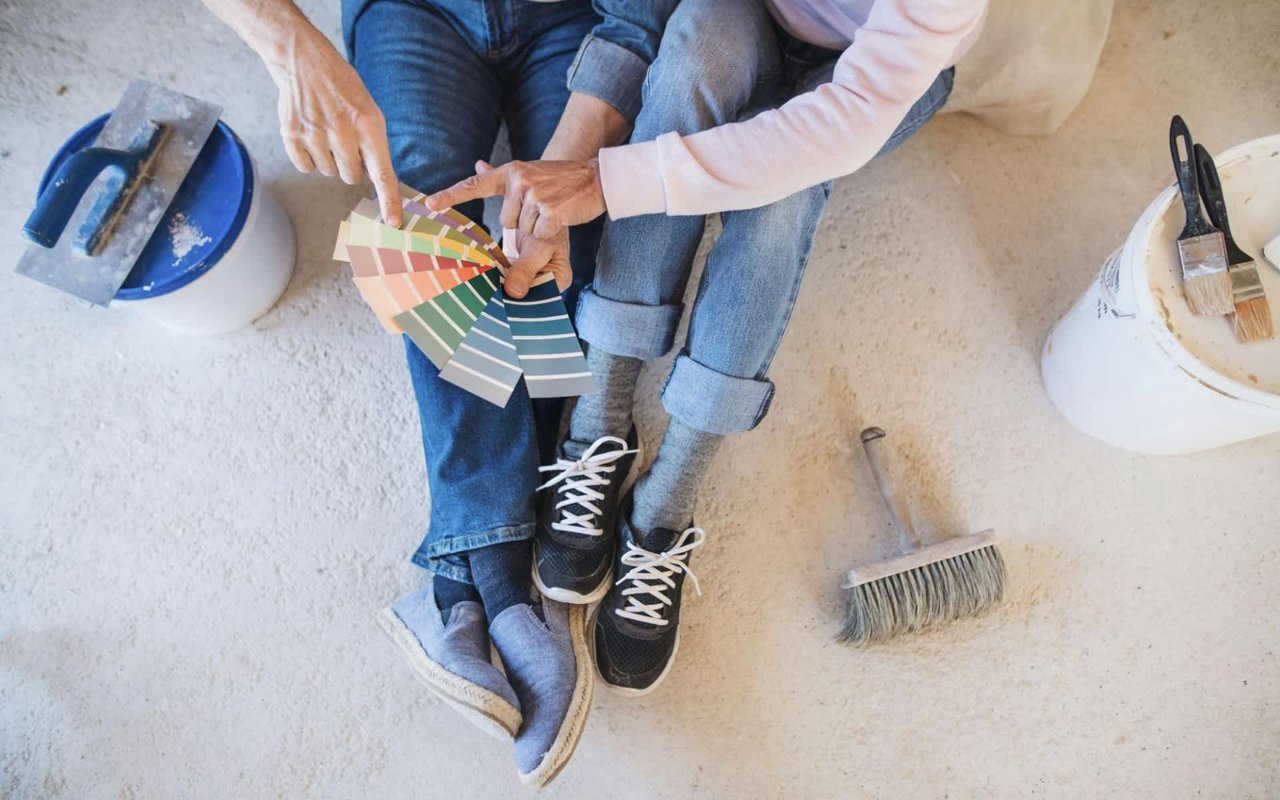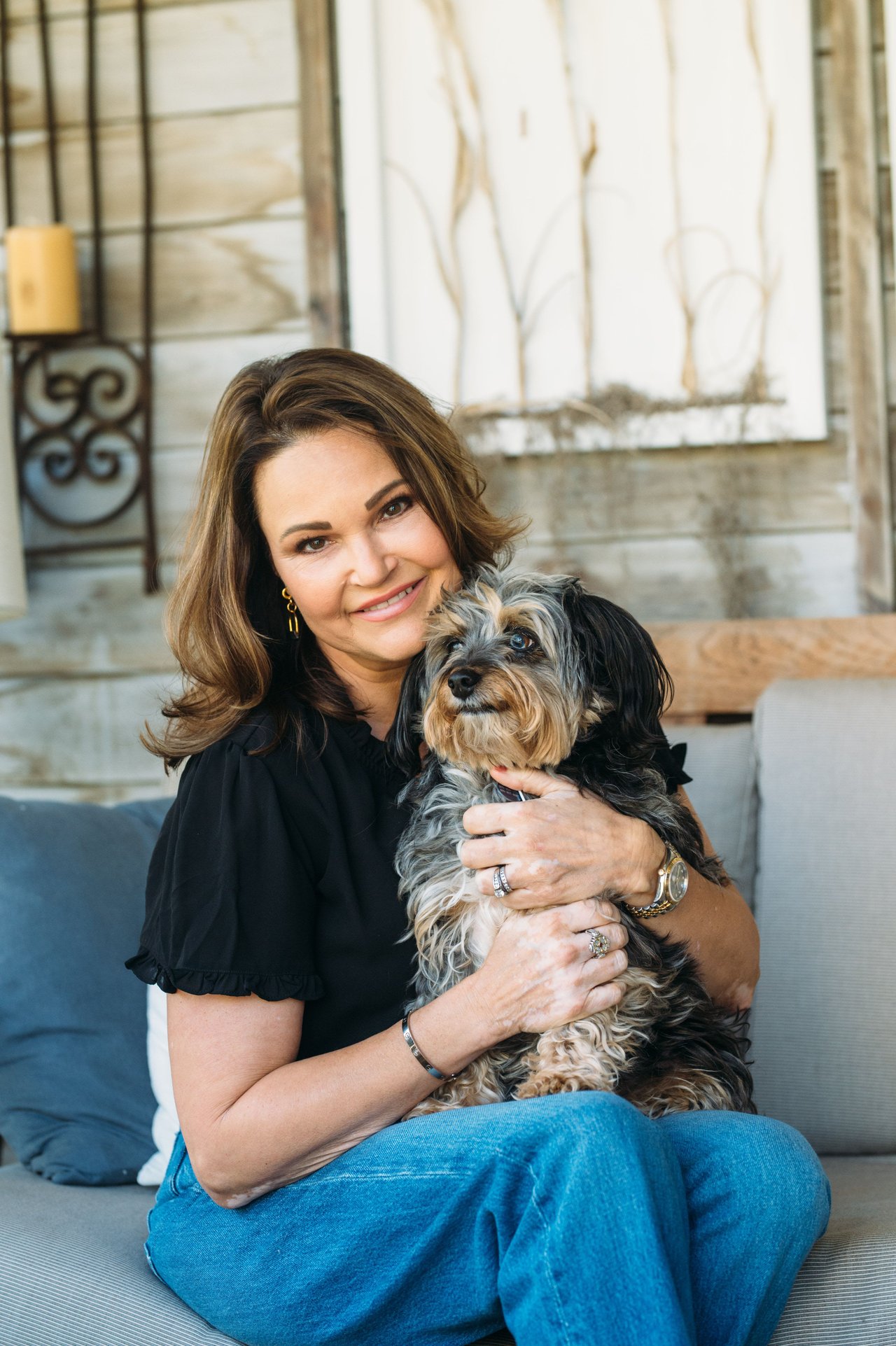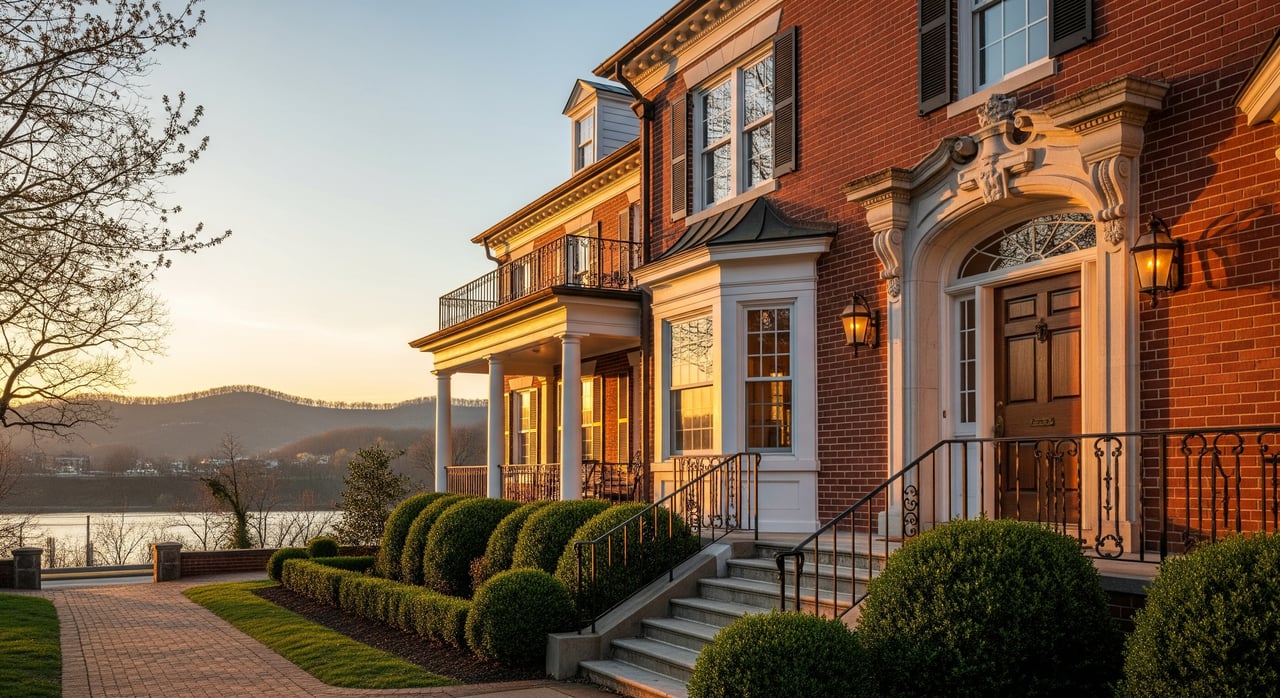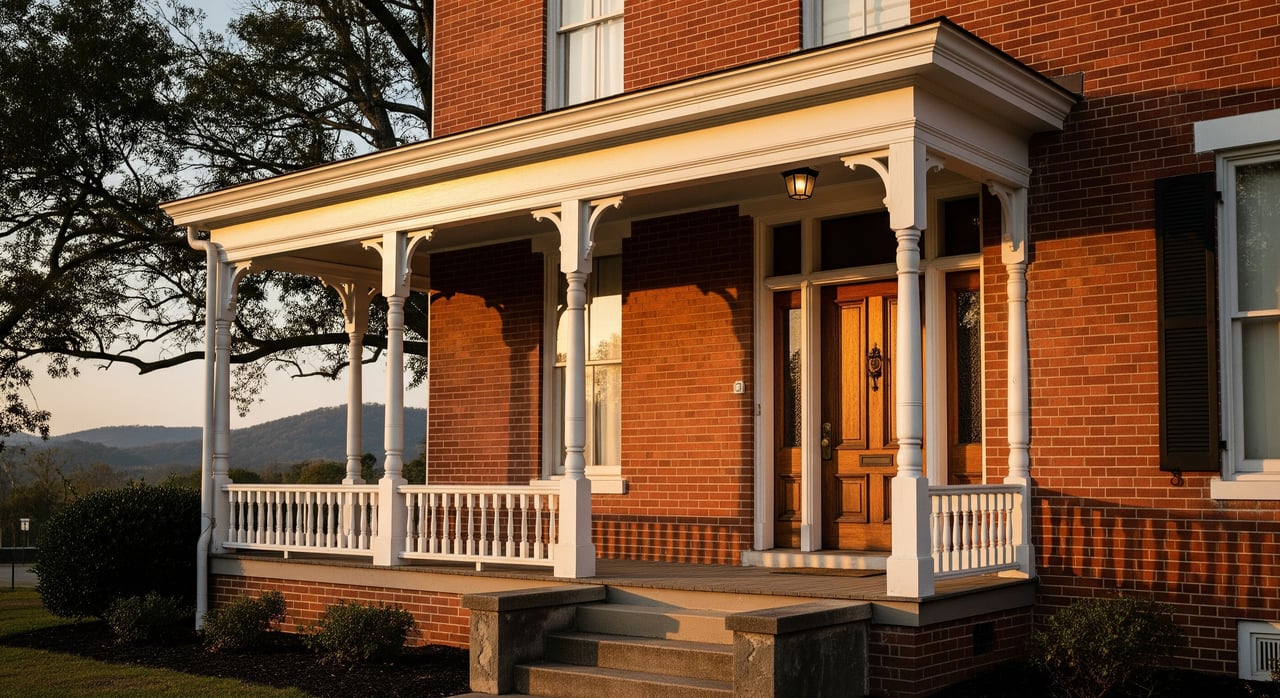The colors you choose for your home’s interior can influence not just the look and feel of each room but also how people interact with the space. Whether you’re hoping to create a relaxing retreat, an energizing workspace, or a warm, welcoming environment, color selection plays a pivotal role.
Keep reading to dive into the science of color and discover how to choose the perfect paint tones for every room, ensuring a harmonious balance throughout your Hardin Valley home.
Understanding Color Psychology
- Warm Colors (Reds, Oranges, Yellows): Warm tones evoke feelings of warmth, energy, and comfort. These are often used in social spaces like living rooms and dining rooms to encourage conversation and create a lively atmosphere. However, depending on their intensity, these colors can also become overwhelming if overused.
- Cool Colors (Blues, Greens, Purples): Cool tones are associated with calmness, tranquility, and relaxation. They work best in bedrooms and bathrooms where creating a serene environment is essential. These colors can make a space feel more expansive, adding to a sense of openness and peace.
- Neutral Colors (Whites, Grays, Beiges): Neutral tones are versatile and serve as a great backdrop for any space. They can be sophisticated and calming while also providing flexibility for accent colors. Neutrals are popular in living rooms and kitchens because they offer a timeless, clean look that can be updated with different accessories or furnishings.
Living Room: Creating an Inviting Space
- Soft Neutrals: A neutral palette can offer a fresh, inviting ambiance that doesn’t overpower the senses. Think soft whites, light grays, and subtle beiges. These tones provide a perfect canvas for bold decor choices while ensuring that the room feels open and spacious.
- Accent Colors: If you want to introduce a pop of color, consider using it in moderation. Deep blues or rich greens work well as accent walls, especially if you want to create a focal point in the room. Earth tones, such as terracotta or muted mustard, can also warm up a space, making it feel more intimate without being overwhelming.
- Lighting Considerations: Natural light plays a central role in how color appears in a room. In a living room with plenty of sunlight, cool tones can keep the space feeling airy, while warmer shades may be better suited for darker rooms that need an extra boost of warmth.
Kitchen: Energizing and Functional
- Bright and Bold: Don’t be afraid to introduce bold colors into your kitchen. Yellow, for instance, can create a cheerful, uplifting vibe, while a deep navy or forest green can add a sophisticated, modern feel. Bold colors can be used on cabinetry or accent walls to create depth and interest.
- Whites and Grays: For those who prefer a cleaner, minimalist aesthetic, white or light gray is an ideal choice. White can make the kitchen feel expansive and fresh, while gray introduces a bit of modern elegance. These shades also pair well with stainless steel appliances and natural wood accents, creating a balanced look that’s both stylish and functional.
- Complementary Colors: If your kitchen opens up into another room, be mindful of how the colors flow. You want to ensure that the kitchen doesn’t feel disjointed from the rest of the house. Subtle transitions, such as pairing a light blue kitchen with a soft gray dining room, create a cohesive look throughout your home.
Bedroom: Designing for Rest and Relaxation
- Soft Blues and Greens: Cool tones like soft blue or sage green are perfect for a restful atmosphere. These colors are known to reduce stress and create a sense of calm. They work well in bedrooms because they encourage relaxation without making the space feel cold or impersonal.
- Lavender and Pale Pinks: For a cozy feel, consider light lavender or soft blush tones. These colors introduce a sense of warmth without being too stimulating, making them ideal for a serene space.
- Dark and Moody: For those who prefer a more dramatic look, deep charcoal, navy, or even emerald green can create a cozy, cocoon-like environment. When paired with soft lighting and luxurious textures, these colors can transform a bedroom into an elegant retreat.
Dining Room: Warm and Welcoming
- Warm Reds and Rich Browns: Rich, earthy tones like deep red, burnt orange, or chocolate brown can add warmth to the dining room.
- Neutral Foundations with Bold Accents: If you prefer a more neutral dining space, consider incorporating bold accent colors through wall art, rugs, or even painted furniture. This allows for a versatile space that can evolve with your decor preferences while still maintaining a welcoming ambiance.
- Deep Blues and Greens: For a more formal dining experience, deep blue or emerald green can introduce a sense of elegance and sophistication. These colors pair well with metallic accents and dimmed lighting, making the dining room dramatic and inviting.
Home Office: Boosting Productivity
- Energizing Yellows and Greens: Yellow promotes creativity and optimism, making it a great choice for a home office. Similarly, green is linked to concentration and calm.
- Cool Blues: Blue is often considered the most productive color because of its calming effects on the mind. Soft blue tones in a home office can encourage clear thinking and reduce mental fatigue.
- Muted Neutrals: If you want an understated look, muted neutrals like taupe or light gray can create a professional, distraction-free zone. These colors provide a blank slate that allows you to concentrate on your work without feeling overwhelmed by bright or bold shades.
The Foster-Boline Group is ready to help you reach all your goals in Hardin Valley real estate. Connect today to begin.





